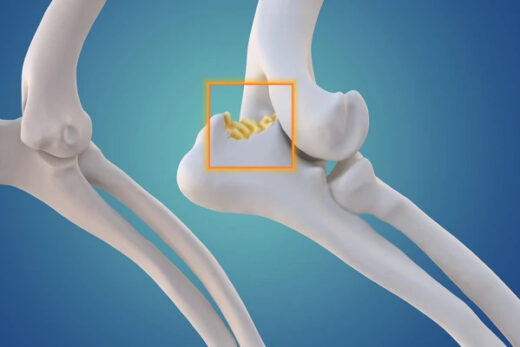
In the relatively emergent field of the Endocannabinoid System (ECS), the compounds Δ9-tetrahydrocannabinol (Δ9-THC) and its non-psychoactive isomer cannabidiol (CBD), which are present in Cannabis sativa L. (hemp), are the stars of scientific study. CBD and Δ9-THC are exogenous cannabinoids and produce biological effects through their interactions with the cannabinoid receptors that make up the endocannabinoid system (ECS): CB1 and CB2.
These exogenous cannabinoids exist in their acid forms in fresh plant materials: Δ9-tetrahydrocannabinol acid (Δ9-THCA) and cannabidiol acid (CBDA). Technically, CBDA is considered pharmacologically “inactive.” However, emerging research is demonstrating that this may not be the case. The literature surrounding CBDA is limited compared to the phytocannabinoids CBD and Δ9-THC. But, there is evidence suggesting CBDA can have significant physiologic effects and even work in conjugation with CBD to affect ECS pathways involved with cancer, the central nervous system (CNS), and inflammation.
First, before diving into CBDA’s biological functions, here is a brief description of the ECS.
The ECS is a complex cell-signaling system identified in the early 1990s by researchers exploring Δ-9-THC. The ECS exists and is active in your body even if you don’t use cannabis and plays a crucial role in providing homeostatic balance to the nervous and immune systems.
Homeostasis is your body’s efforts to keep your internal environment stable and optimal. It does this by modulating neurotransmitter release and affecting pathways throughout the body. This means that when something in your body is not operating properly or optimally, the ECS is activated to help correct it.
The system is pervasive in mammalian species and has a presence in nearly all animals. The biological conservation of this system indicates its importance. The study of this system in both human and veterinary medicine has opened the door to novel approaches targeting pain management, cancer therapeutics, modulation of neurological disorders, stress reduction, anxiety management, and inflammatory diseases.
CBDA is found in the plant Cannabis sativa L., more commonly known as hemp. There is far less Δ9-THCA in the hemp plant. A 2015 University of Minnesota study notes that hemp is distinguished from other cannabis plants based on the relative yield of Δ9-THCA and CBDA. Hemp plants must contain less than 0.3% THC. An initial extraction from the C. sativa L. plant would have a high concentration of CBDA and not CBD.
CBDA is the direct botanical precursor of CBD. Scientists first isolated the compound in 1965. Through exposure to heat or sunlight, CBDA changes into CBD through a process called decarboxylation. In decarboxylation, CBDA loses the carboxyl group, which gives the compound its acidity. So, CBDA is a naturally occurring compound found in the raw hemp plant. It is present in raw hemp oil products and also in non-decarboxylated CBD oil products.
For many years, decarboxylated cannabinoids, like CBD, were considered the “activated” compounds, producing potent therapeutic effects. However, in the past decade, studies have proven that CBDA could have significant therapeutic value across various conditions, including cancer, anxiety, epilepsy, and treatment-resistant nausea and vomiting.





